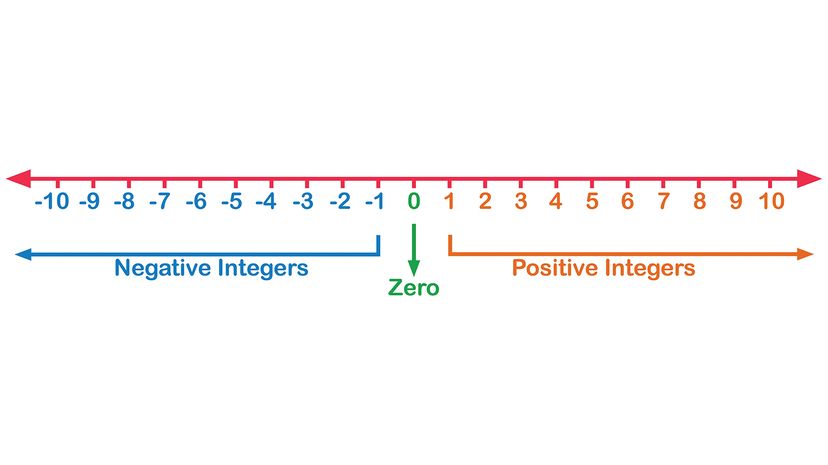
A number line is a pictorial representation of real numbers. It is most commonly used in elementary math classes to help students compare numbers and perform arithmetic operations like addition, subtraction, division and multiplication.
The first mention of using number lines for understanding operations appears in John Wallis' "Treatise of Algebra." Wallis uses the visual of a person walking from point to point along a straight path to represent the image of counting from one value to the next.
Advertisement
Using this example of someone moving forward and backward, a number line makes the most sense represented as a horizontal sequence of whole numbers, read from left to right.